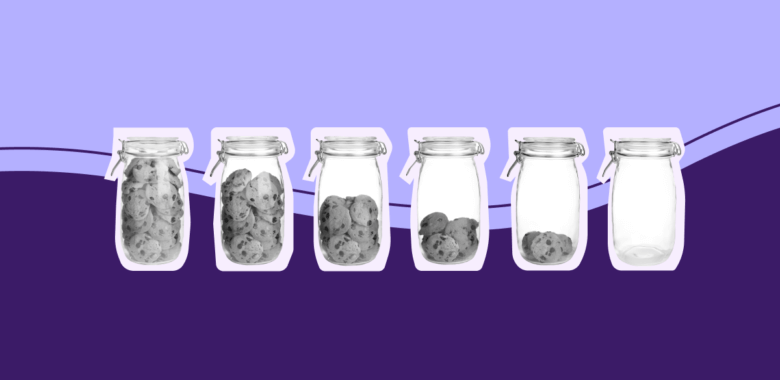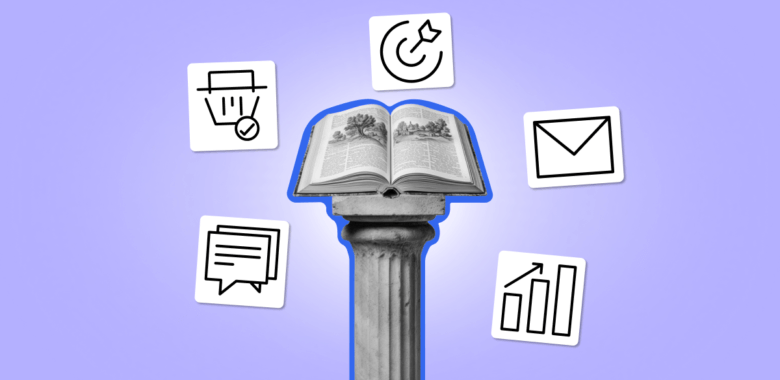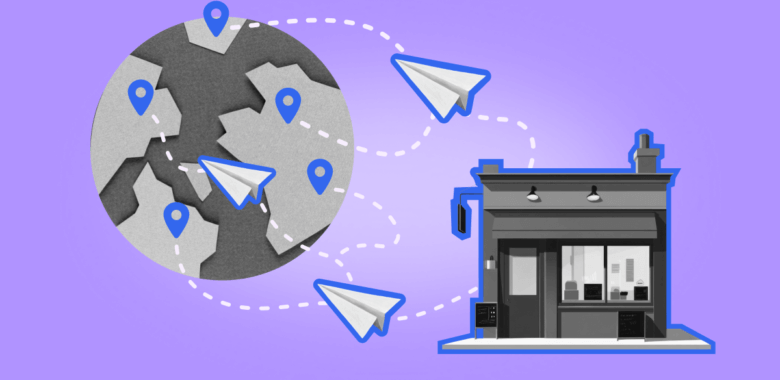What are cookies, and how do they work
In internet language, cookies are short strings of text containing information about a user’s navigation. The data is stored in web browsers (like Safari and Edge). This information consists of user preferences, login credentials, and so on. Whenever you log in to an online store, for example, and return to it a few days later without having to log in again, these are cookies in use.
The cookies’ journey looks like this:
- When someone opens a website, cookies are stored in the browser.
- The website collects this data from the browser.
- This data is stored on the website’s servers.
In the image below, these three steps are shown in more detail.












